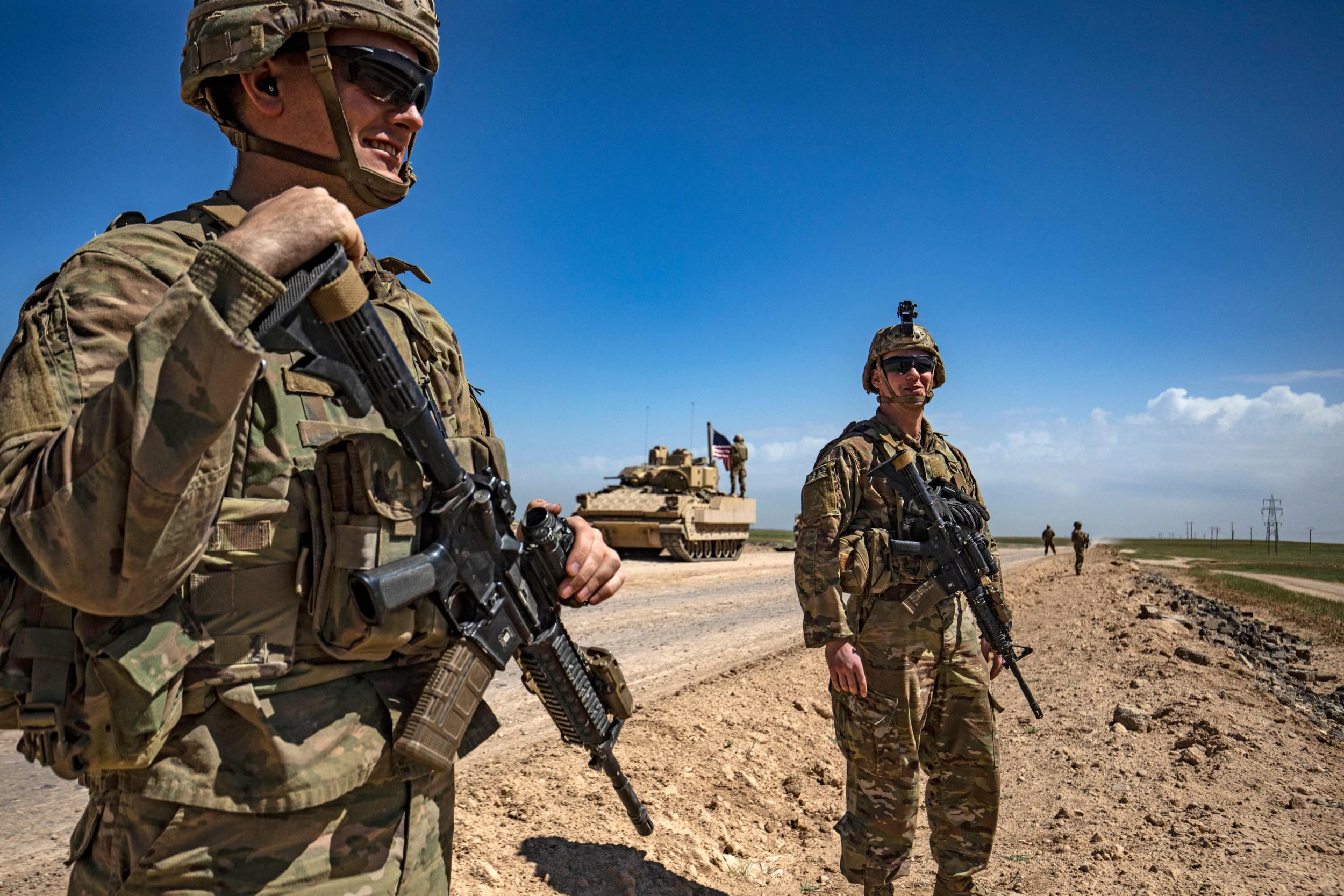The Syrian landscape has long been characterized by its complex tapestry of internal conflict and external intervention. In recent weeks, there has been a notable uptick in military operations within the country, marked by a series of targeted strikes against infrastructure and military assets. This escalation of activity has drawn significant attention from both regional and international observers, prompting questions about the motivations behind these actions and their potential impact on the already volatile geopolitical landscape.
Syria has been embroiled in a multi-faceted conflict since 2011. What began as a series of protests against the government has since evolved into a complex war, involving numerous domestic and international actors. The conflict has given rise to multiple armed groups, some aligned with the government, others in opposition, and some with varying degrees of independence. The presence of these groups, coupled with the interventions of external actors, has created a highly fragmented and unstable environment, with different areas of the country under the control of different factions.
Recent reports suggest that some of these military operations are targeting military installations and assets belonging to various groups. While the specific details of these strikes are often difficult to ascertain due to the nature of the conflict and the restrictions on independent reporting, the scale of the reported activity suggests that these are not isolated incidents, but part of a more concerted effort to degrade the military capabilities of specific factions.
The precise identities of the actors responsible for these military strikes are not always clear. However, it is known that multiple nations have a history of conducting operations within Syrian airspace. The reasons behind these actions are varied, with some cited as being in response to perceived security threats, while others are understood to be part of broader strategic objectives. The complexity of the situation is further compounded by the presence of various armed groups, with their own distinct agendas and international backers.
The consequences of these heightened military operations have varied impacts. For the civilian population within Syria, the increased risk of collateral damage and displacement remains a significant concern. Military strikes, even when intended to target specific locations, often have secondary impacts that can affect the lives of ordinary citizens. The destruction of infrastructure can disrupt access to essential services, such as electricity, water, and healthcare, further exacerbating the humanitarian crisis that has engulfed the nation for more than a decade.
Furthermore, the increase in military activity threatens to escalate the regional tensions. Neighboring countries have closely monitored events within Syria, given the potential for spillover effects. The risk of unintended escalation is ever-present, and any miscalculation could have far-reaching consequences for the stability of the broader Middle East. The complex web of alliances and rivalries among regional and international actors further increases the potential for misinterpretations and escalations.
The international community has also been closely following the situation, with various organizations expressing concerns about the potential humanitarian impact of increased military operations. Calls for restraint and respect for international law are common, while also recognizing the need for a lasting solution to the long-standing conflict. However, finding common ground among international stakeholders has proven to be difficult due to the different political agendas, strategic interests and competing views on the path towards peace and stability.
One of the underlying factors contributing to the current situation is the overall level of instability within Syria. The ongoing conflict has created a power vacuum in certain regions, leading to a more fragmented landscape that can attract various actors. The rise of various factions, and the shifting nature of their alliances, has made it harder to achieve consensus over long term strategic objectives. This is compounded by the fact that the war has led to an economic collapse, impacting the ability to deliver vital social services.
The need for a comprehensive solution is increasingly urgent, but there is no simple answer to the complexity of the situation. A solution will require a multi-faceted approach that addresses the different dimensions of the conflict. This includes addressing the political grievances of the Syrian population, promoting economic development, and addressing the underlying causes of the conflict. In particular, there is a pressing need for political reconciliation.
The latest increase in military activity underscores the fragility of the situation and highlights the need for de-escalation of the situation. The potential for further conflict and instability is real, and any miscalculation could have devastating impacts on both the Syrian population and the wider region. The international community has a responsibility to help de-escalate the situation, and to support efforts aimed at achieving a lasting resolution.
Looking forward, it is important to recognize that there is no easy or quick fix for the ongoing conflict in Syria. The challenges are enormous, and the path toward peace and stability will be long and complex. Yet, the pursuit of a sustainable solution is critical, both for the welfare of the Syrian population and for the overall stability of the region. This will require a level of cooperation among the various actors, both domestic and international, that is not evident at present.
The current climate of increased military activity is a stark reminder of the depth of the crisis in Syria. It reinforces the importance of seeking constructive solutions, while also drawing attention to the immediate humanitarian needs of the affected population. The path toward a peaceful future remains arduous, but it is imperative to ensure that the international community keeps its focus on promoting peace and stability in the region. The challenges remain significant, but the importance of these efforts cannot be overstated.
The intricate tapestry of Syrian politics, interwoven with regional and global powers, creates a landscape where the increase in military action signals the complexities inherent to resolving the conflict. As the situation continues to evolve, the need for understanding, diplomacy, and a dedication to human welfare remains paramount.
The continued presence of foreign fighters, the complex web of alliances, and the humanitarian impact are all interwoven within this increased military activity. The situation underscores the difficulty in finding simple solutions to the Syrian crisis, and it reinforces the need for a comprehensive approach to de-escalate the situation. The long term strategic goals of each actor involved remain hard to ascertain, while the short term effects are all too clear for those living through the reality on the ground.
The evolving situation in Syria is a continuous process of shifts and changes that need to be carefully monitored. The increase in military strikes and operations represents one facet of this complex and multifaceted conflict. While it is impossible to predict the future with certainty, understanding the current trends and dynamics is essential for assessing the path forward. This ongoing analysis will be essential as the country continues to navigate its complex and ever-changing future. The complexity of the situation will continue to require sustained focus and commitment from the regional and international community.
The surge of military activity has further complicated the already challenging humanitarian situation. The potential for increased displacement and the interruption of humanitarian aid remain a serious concern. The need for continued international support to assist the civilian population is critical, and the importance of upholding international humanitarian law cannot be overstated.
The evolving dynamics of the conflict require continuous monitoring and assessment. It is imperative to track the actions of various actors involved, as well as the impact of those actions on the Syrian population. This ongoing analysis will be essential to inform future decision-making processes and to guide efforts towards achieving a sustainable resolution.
The complexity of the Syrian conflict is a stark reminder that there are no easy answers to long standing conflicts and civil wars. The international community faces the difficult task of navigating the intricacies of this evolving situation. The commitment to seeking a peaceful and lasting resolution will remain a long-term objective. The stakes are high, and the need for diplomacy, collaboration, and a sustained commitment to resolving this situation has never been more pressing. The path towards stability will be difficult, yet it must remain the priority for all involved.



